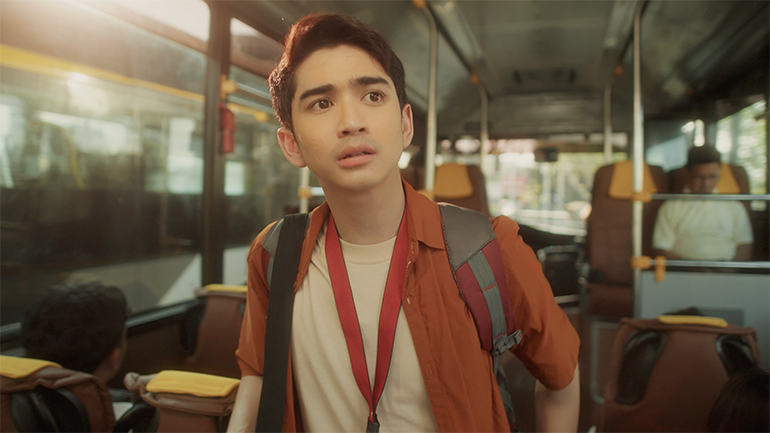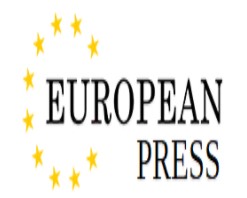While Puregold Channel’s digital series Si Sol at Si Luna keeps viewers riveted by its soulful storytelling and cinematic touch, fans of romantic dramas are fascinated by how it deals with the complex nature of love and relationships. Is right timing essential to romantic happiness? Will a strong attraction between two disparate personalities suffice when complications arise?
In its fourth episode, “Signs,” Si Sol at Si Luna finally brings Sol (Zaijian Jaranilla) and Luna (Jane Oineza) together in a moment that feels both familiar and momentous. After days of quick glances and missed connections aboard their daily commute, the two finally speak and something shifts. Luna tells Sol she will agree to be part of his film only if fate intervenes again. No numbers. No social media. If they meet again, and only then.
Episode 4 ends with a cinematic moment: they meet again. And with that, viewers are left breathless with anticipation, their hearts set for what could be not just a creative partnership, but a slow-burning, unexpected love story.
Still, viewers wonder, can love bloom when you’re a decade apart?
Support authors and subscribe to content
This is premium stuff. Subscribe to read the entire article.











